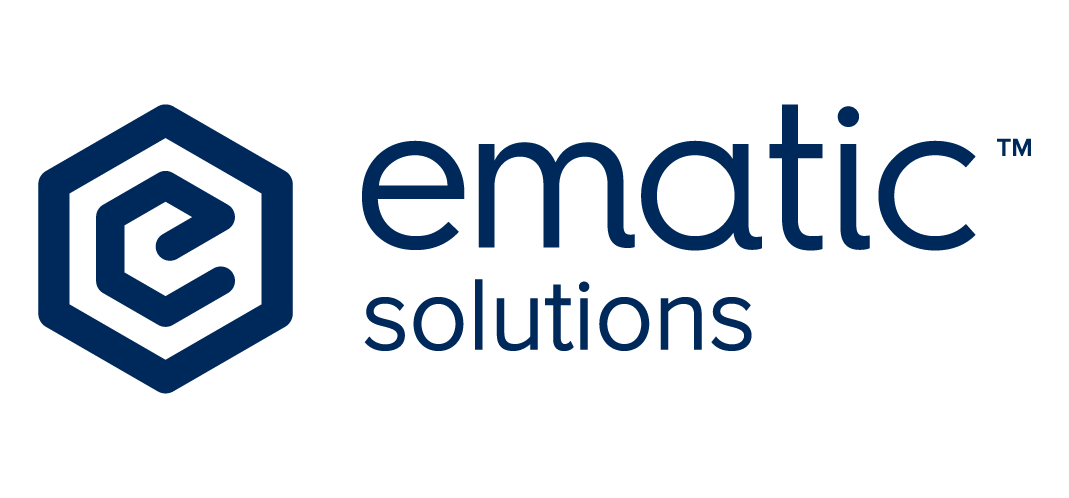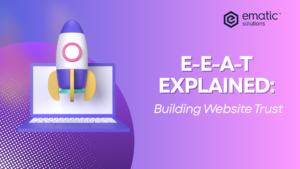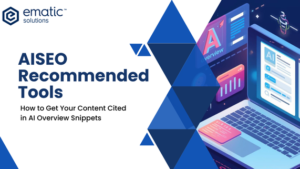This content is provided by our partner Campaign Monitor. Campaign Monitor is the premium, best in class email marketing and automation tool.
Content source: https://www.campaignmonitor.com/blog/email-marketing/9-inspiring-examples-b2c-marketing-automation/
Marketing automation is designed to simplify the email marketing process for your entire digital marketing team.
These automated emails are highly effective and have the ability to drive massive revenue and results for businesses, as they achieve 86% higher open rates, produce a 196% increase in click-through rates, and generate 320% more revenue than standard promotional emails. With stats like that, marketers can’t deny the power of marketing automation.
What is B2B marketing automation?
Marketing automation is the process of software automatically sending campaigns to your customers and prospects based on triggers you define. As opposed to one-off email campaigns that you create and send to a whole list of people, automated emails are set up once and then sent out each time a subscriber meets your pre-defined trigger.
What is marketing automation primarily used for?
Marketing automation is an excellent and powerful way to engage with your customers, and is particularly useful for marketers who are looking to streamline email campaigns to reach the right subscribers at the right time.
What are marketing automation platforms?
Marketing automation platforms are the providers of the automation software. These platforms provide marketing teams with various technologies to help them spread their marketing efforts across multiple channels, including email, social media, and websites.
What are the benefits of marketing automation?
When it comes to marketing automation, there are simply too many benefits to list. However, there are a few that are worth noting:
- Reduces repetitive tasks: Freeing up the marketing team’s time.
- Personalization: Making the customers feel as if they’re more than another face in the crowd with unique messaging.
- List segmentation: Allows you to deliver relevant content to the right readers.
Even better, automation has reportedly resulted in 80% ROI, +46% growth, +26% more leads, and more productive marketers.
9 examples of B2C marketing automation
1. Welcome email series
Welcome emails are your first chance to make a great impression on subscribers. Using marketing automation, you can create a stellar experience for your subscribers with a one-time welcome email or a series of emails that help onboard them.
Broadway.com, the online retailer of tickets for Broadway shows, is a great example. They place a subscribe form at the bottom of their website to capture subscribers, and, when someone completes the form, they send them a welcome email with valuable discounts to incentivize their first purchase.
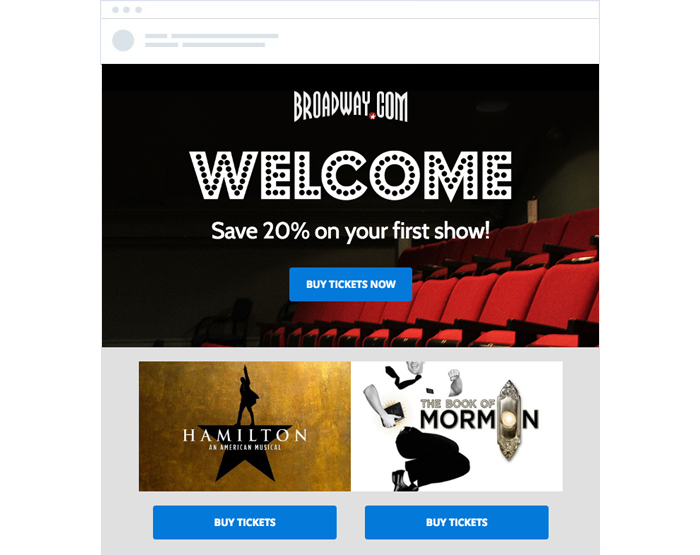
By sending the email immediately after someone subscribes, Broadway.com maximizes opens, clicks, and purchases by presenting the subscriber with discounts while their business is still top of mind.
Sending a welcome email like Broadway.com is a simple way to drive revenue back to your business.
Check out this next example from Topshop:
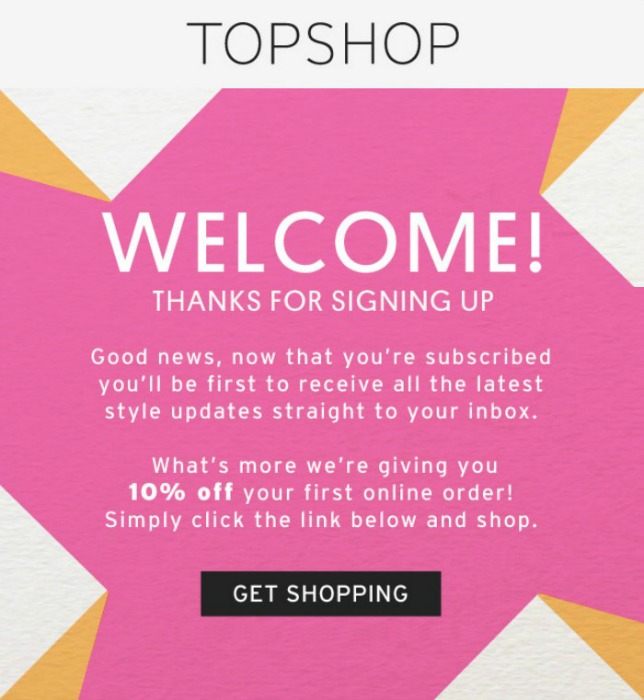
Right off the bat, Topshop engages their newest subscribers with an immediate offer to get them shopping and offers a small discount.
You can also send a series of educational or onboarding emails like Birchbox does. Birchbox first sends a welcome email after subscribers have signed up. Then they follow up the welcome email with an automated series of messages, including beauty tricks, makeup tips, and special offers to keep their subscribers loyal and engaged.
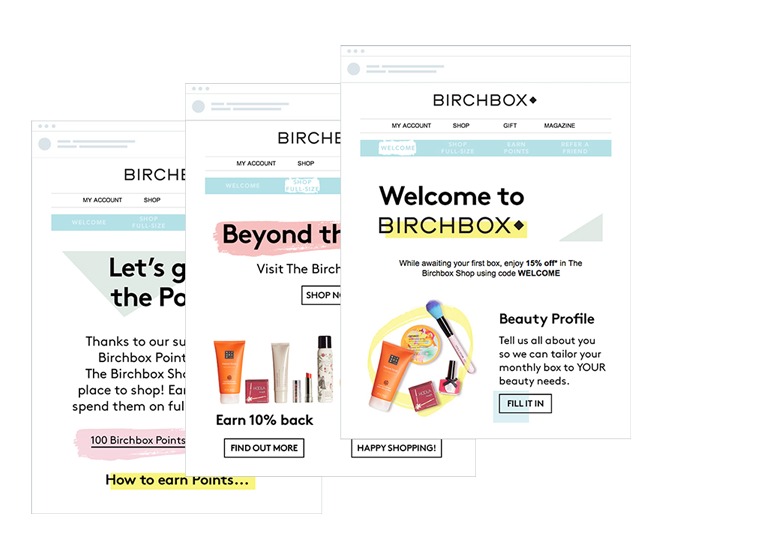
2. Reminder emails
Sending a reminder email based on a date is a great opportunity to not only deliver a timely message to your customer, but also keep them buying your products and services over time.
Nissan collects relevant information about their customers, including the purchase date of their car. They can then use the purchase date to automatically trigger a reminder email six months after the car was purchased to schedule the first service appointment. Maintenance fees after the car is sold account for a huge portion of Nissan’s overall revenue, so this is an important part of their strategy.
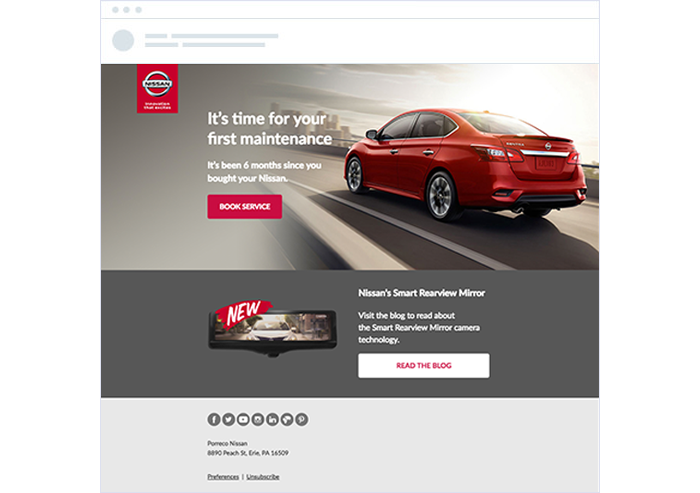
3. Birthday or anniversary
Sending your customers, a special offer on their birthday or anniversary is another highly effective strategy to drive revenue while increasing customer happiness at the same time.
The first step is to collect your customer’s birthdate and add it to your email list. Many companies, like jewelry retailer Monica Vinader, make this a required field through the online checkout process, while others ask for this information when someone signs up for their email list.
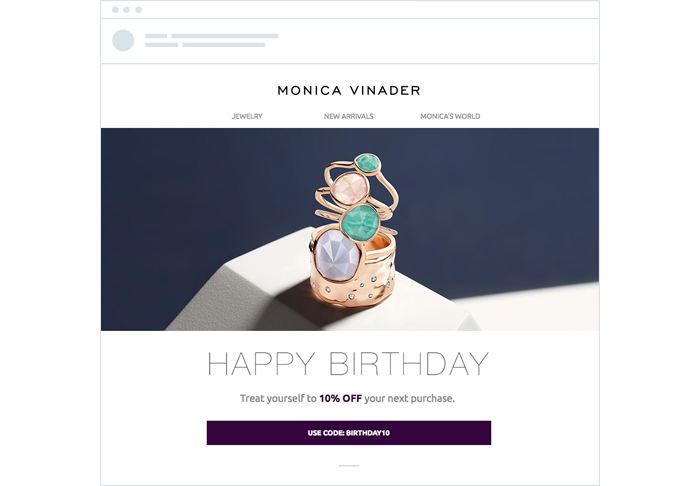
Once you have your customer’s birthdate in your email list, you can set up an email to automatically send on his or her birthday. While the leading message should be celebrating your customer’s birthday, this email is an excellent opportunity to generate revenue, so try including a special birthday discount to encourage recipients to make a purchase.
You could also use this to recognize the birthday or anniversary of someone signing up for your product, making their first purchase, or other user or company milestones.
Check out this example from Birchbox:
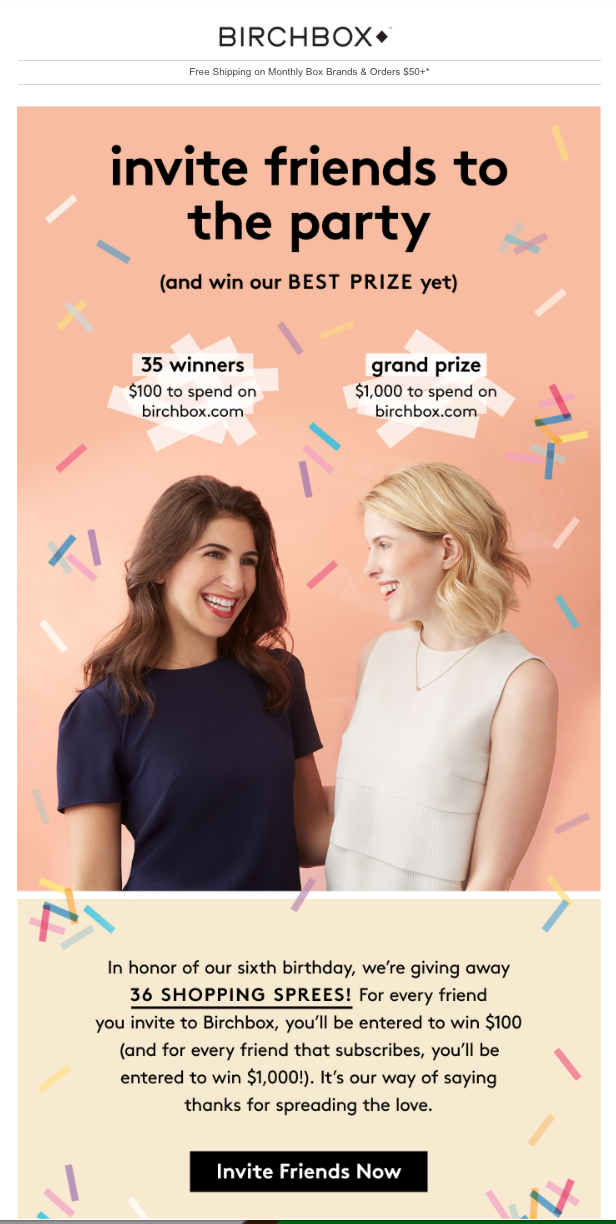
4. VIP
It’s simple to set up a series of automated emails that can make your VIP customers feel special and keeps them engaged and spending.
Sephora does an excellent job with their VIB (Very Important Beauty) Program, which offers early access to new products and special promotions for customers who spend a certain amount of money.
Once someone spends the required amount, they’re entered into the VIB segment of the email list and automatically receive an email introducing them to the VIB program.
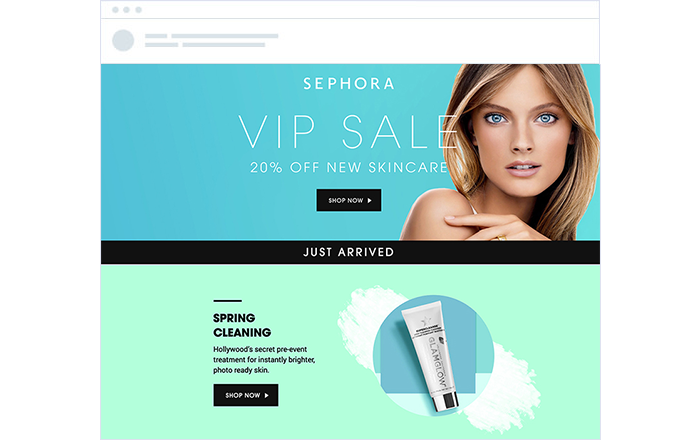
This email welcomes them to the program and provides an exclusive VIB-only offer that encourages them to make additional purchases.
You can do something similar using data you have to trigger a customer journey based on someone entering a VIP segment. We even provide pre-built segments for this purpose.
Check out this engaging example from Converse that similarly welcomes their VIPs and offers a discount:
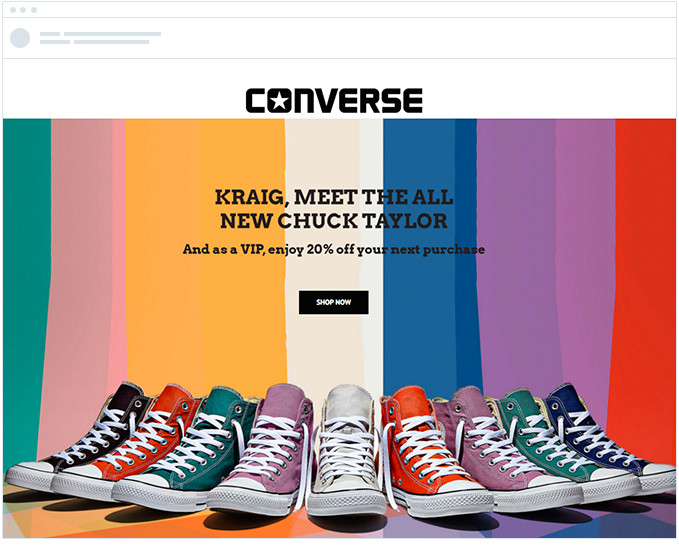
5. Re-engagement
You can encourage email subscribers who haven’t purchased in a while with an email-exclusive offer, “Save on your next order” discount, or abandoned cart deal like Nau does in the example below:
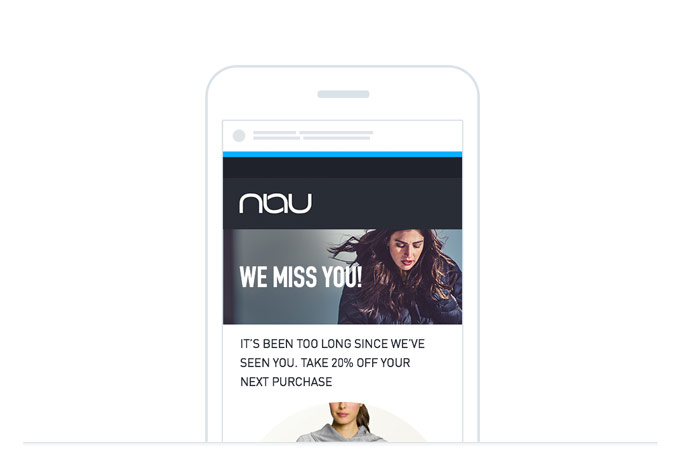
That’s one of the things that makes marketing automation so powerful—you can trigger emails to be sent based on your subscribers’ actions or non-actions, such as opening an email, not making a purchase in three months, or not clicking a link in an email.
6. Survey & feedback emails
Sending out surveys to gain feedback on products, services, and updates is another excellent marketing automation example. These are typically sent out after triggers, such as purchases, or program, site, or product updates.
These emails allow the consumer’s voice to be heard, which helps to increase the overall customer satisfaction rate.
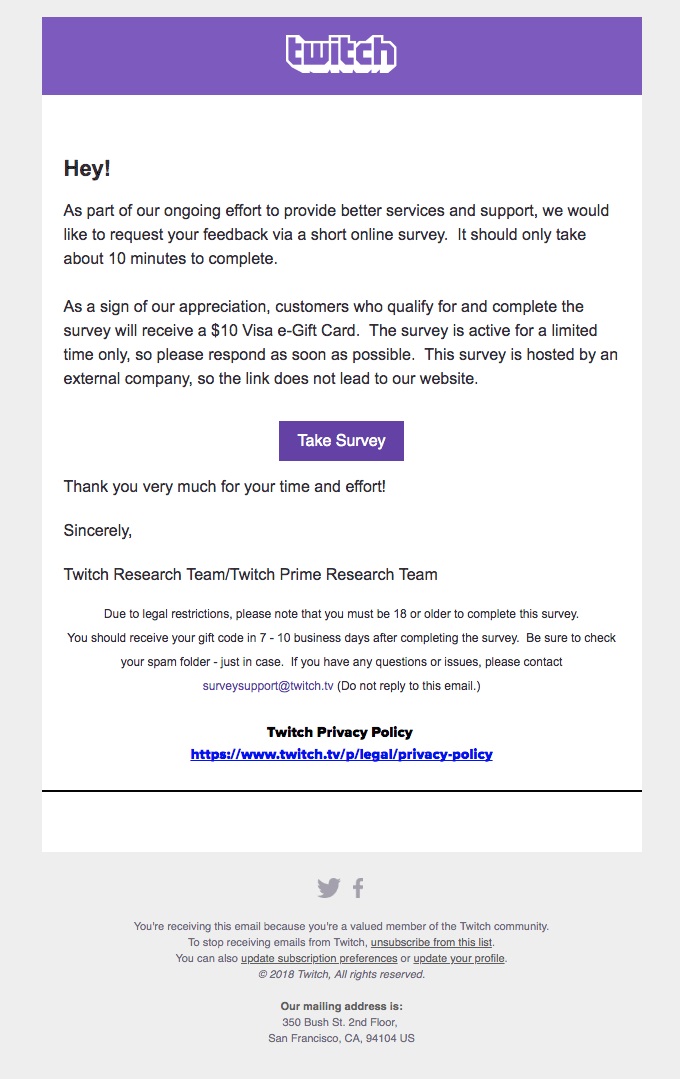
7. Review & testimonial emails
Have a new customer? Alternatively, do you have a repeat customer?
A purchase is an excellent trigger for marketing automation, especially when it comes to requesting product reviews or service testimonials.
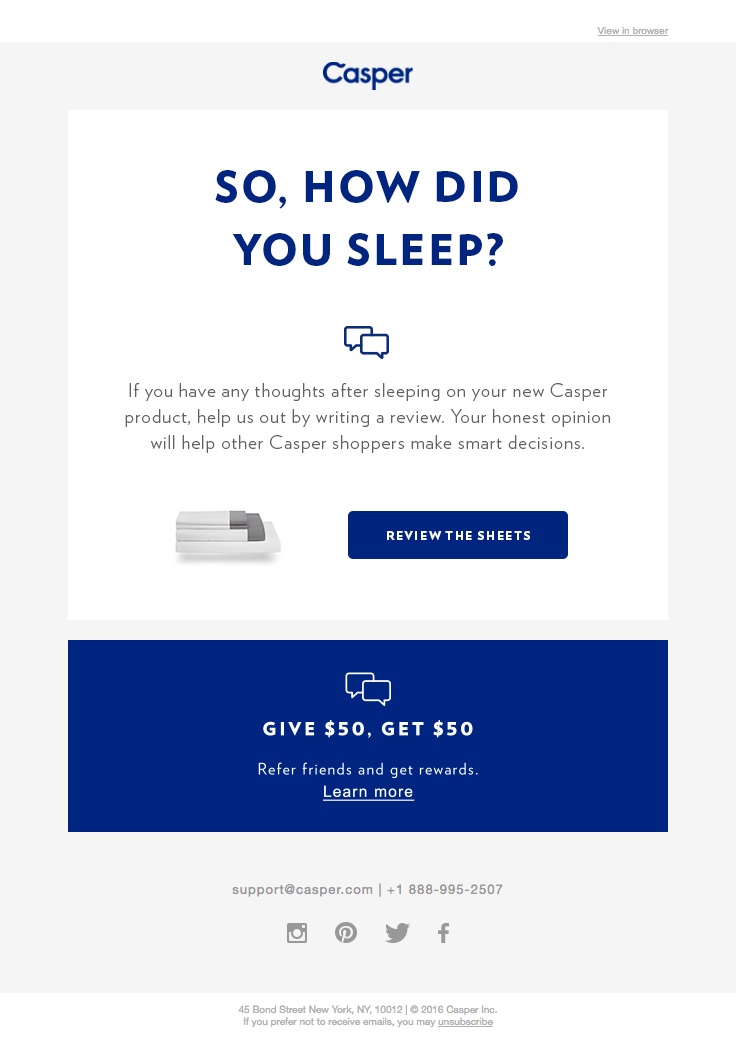
8. Product updates & launches
Product updates and launches are an excellent way for a brand to reach out to their customers, and, with the use of marketing automation, it’s simpler than ever. Take this email from Apple introducing the iPhone 8. This would be an excellent email to send out to Apple consumers who have previously purchased an iPhone in the past because it shares with them what they can expect from what’s next.

9. Newsletters
Newsletters used to be considered one of those “one-off” emails that would be sent out when something needed to be announced. Nowadays, email newsletters are set up to automatically go out to subscribers on a given basis, such as:
- Weekly
- Bi-weekly
- Monthly
- Quarterly
Instead of single announcements, these email newsletters give a general view of what the brand has been up to. They even provide other curated materials, tips, and other useful information to subscribers.
